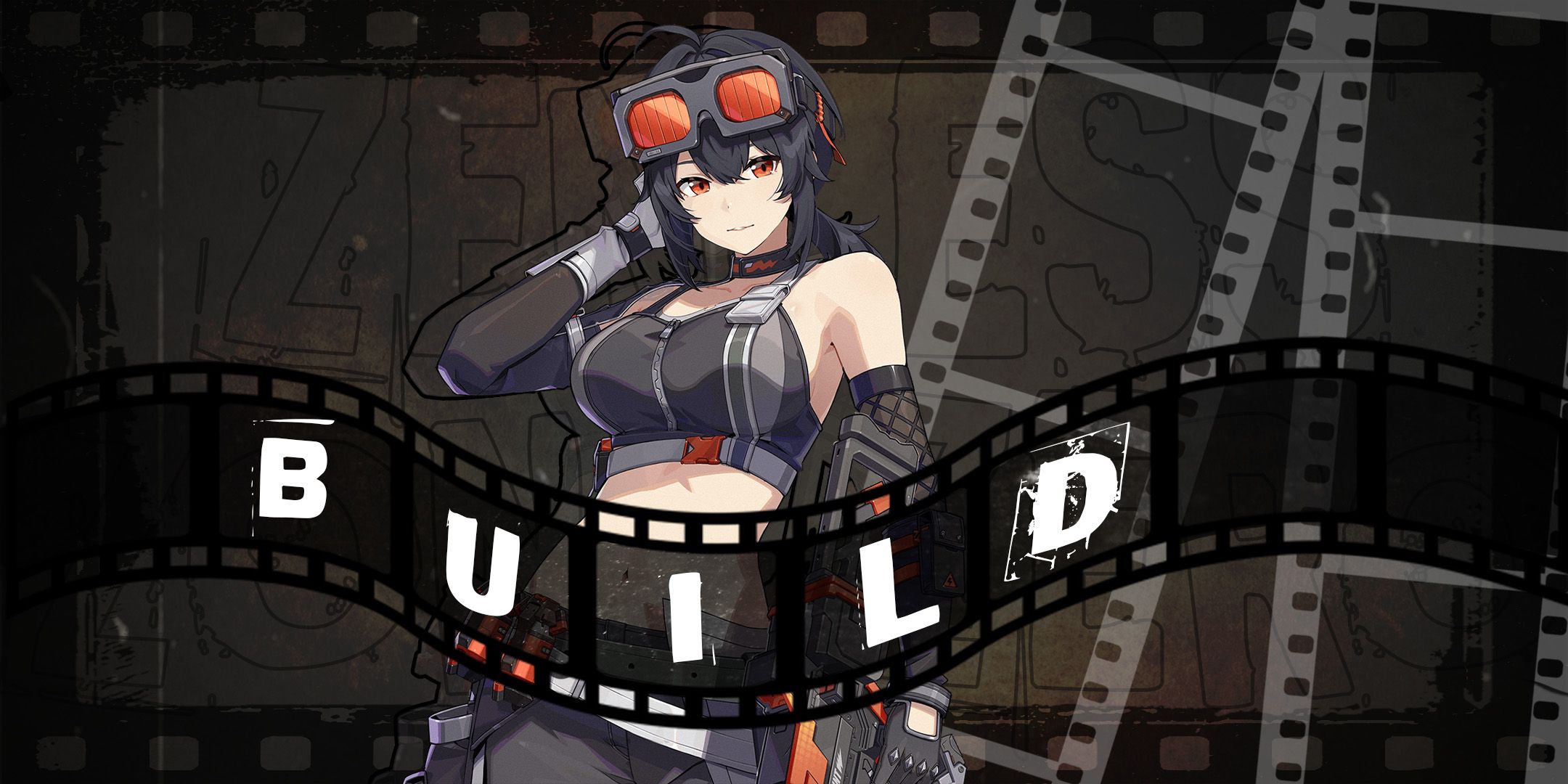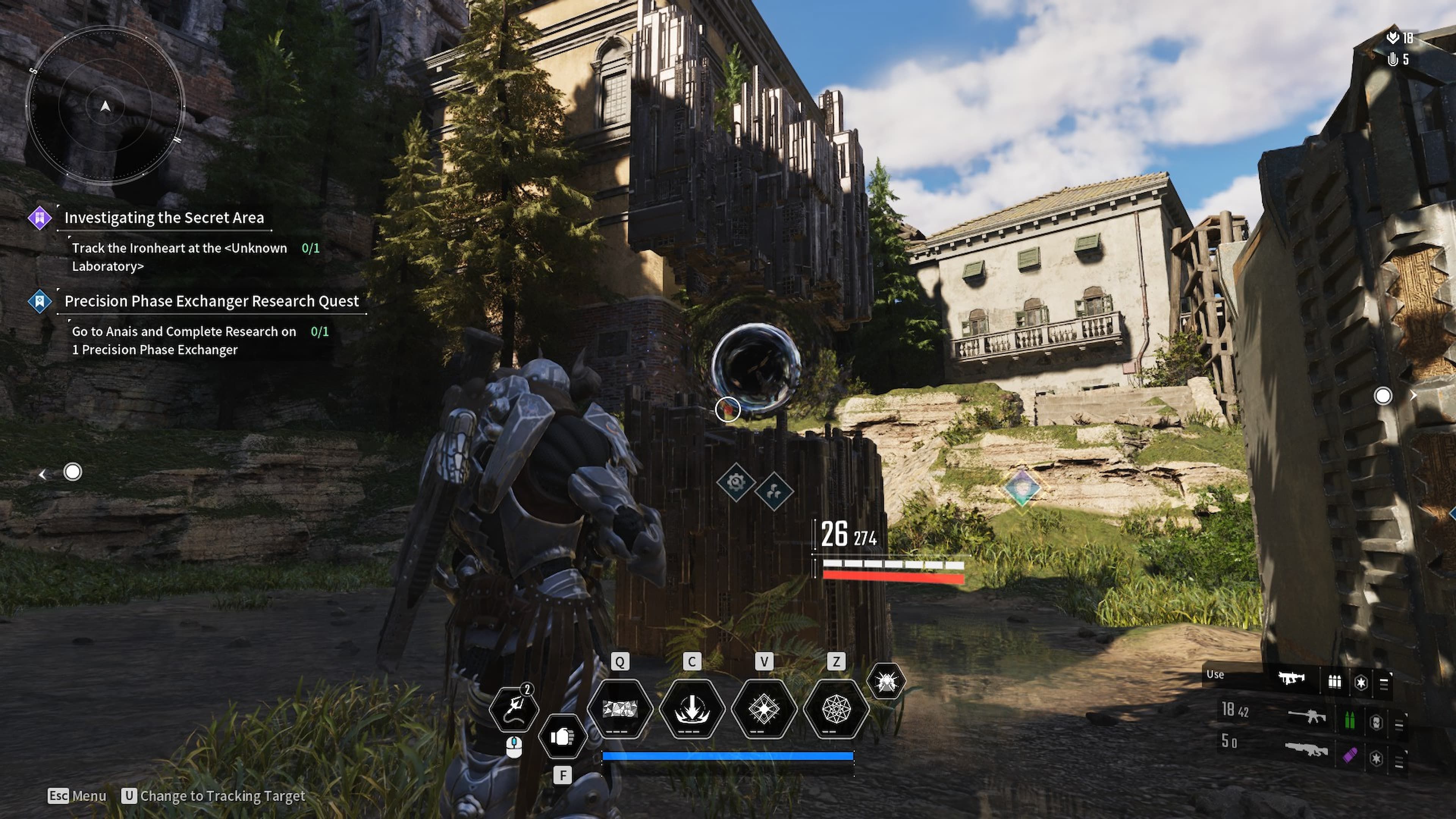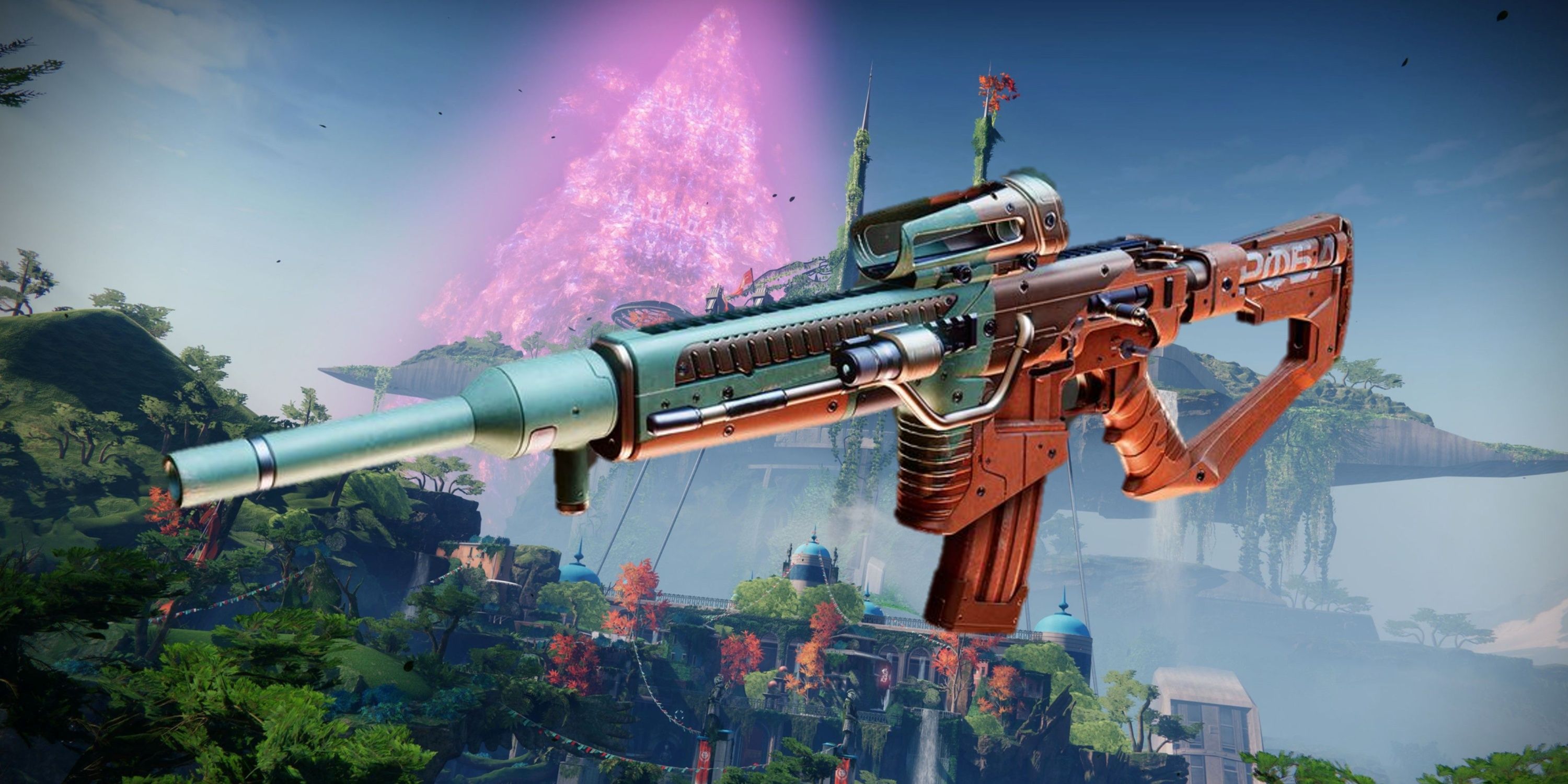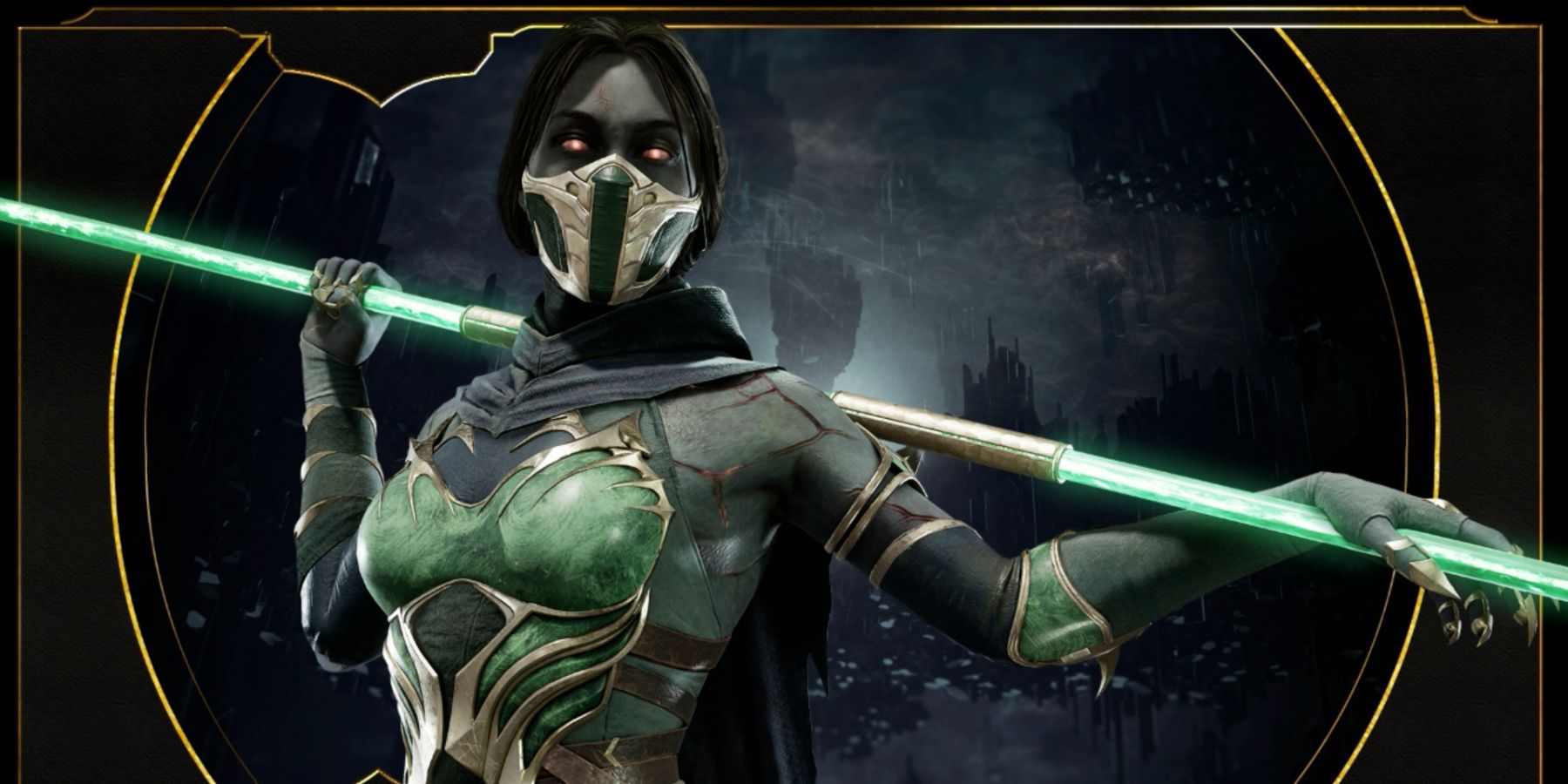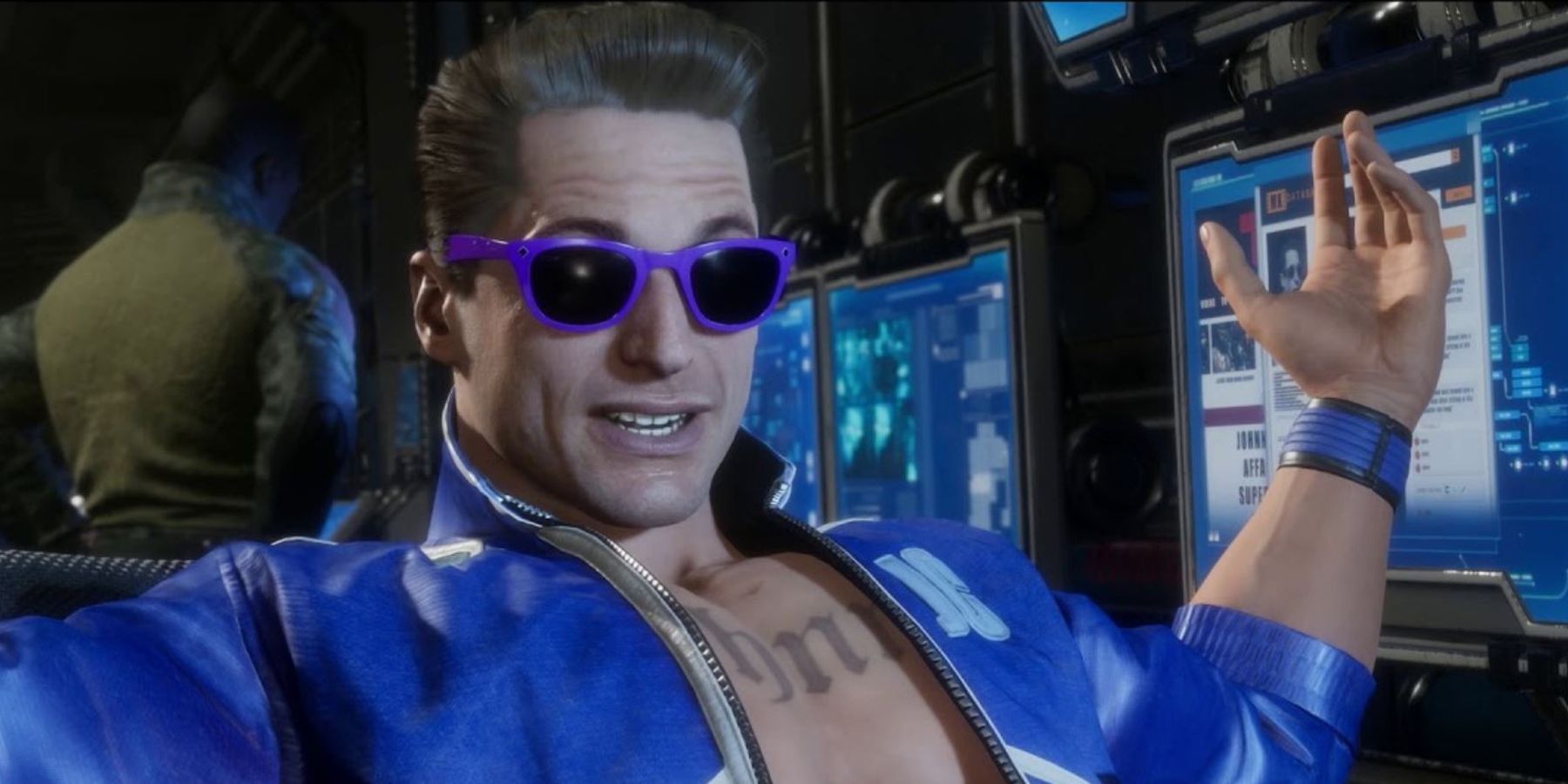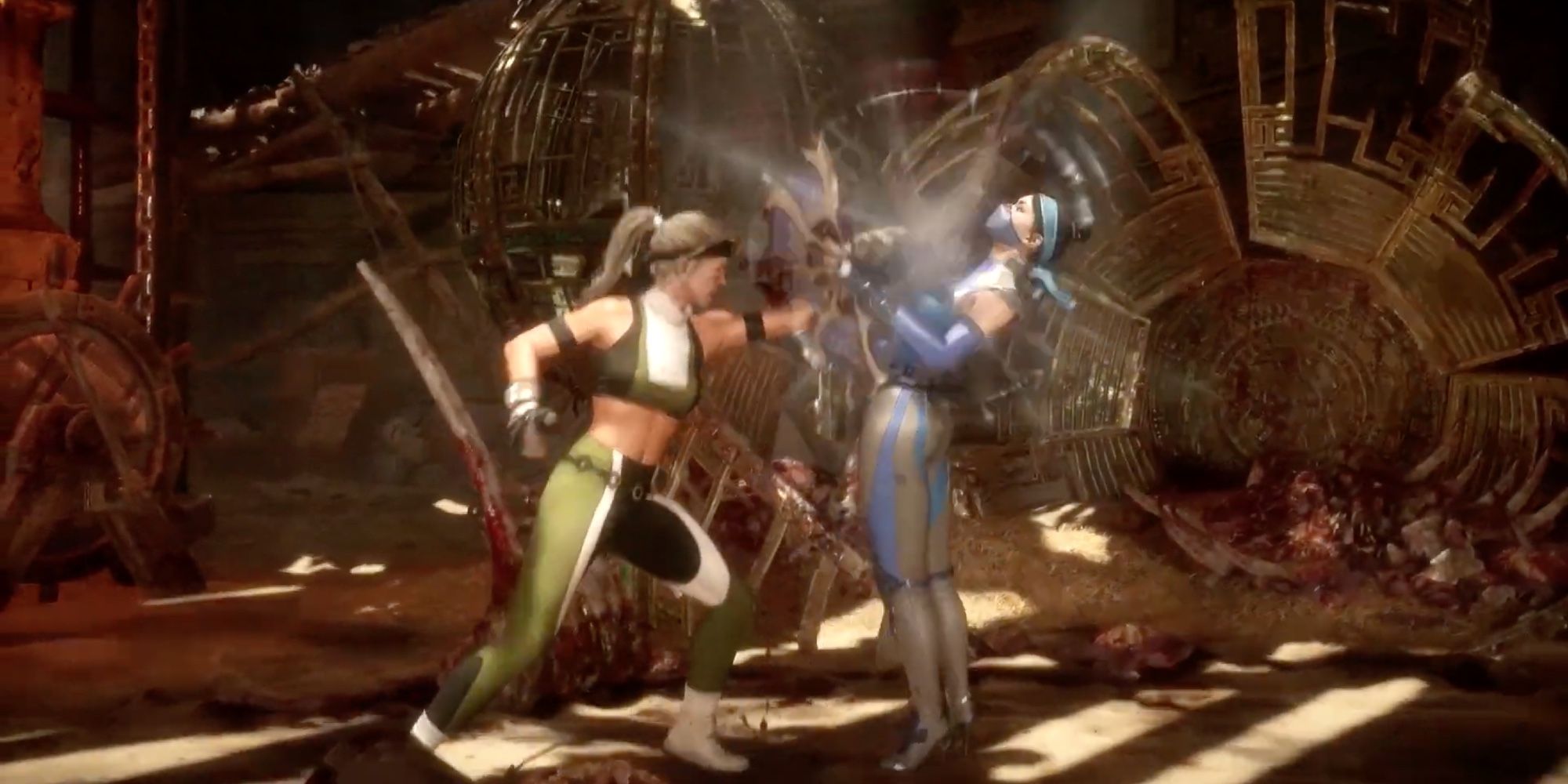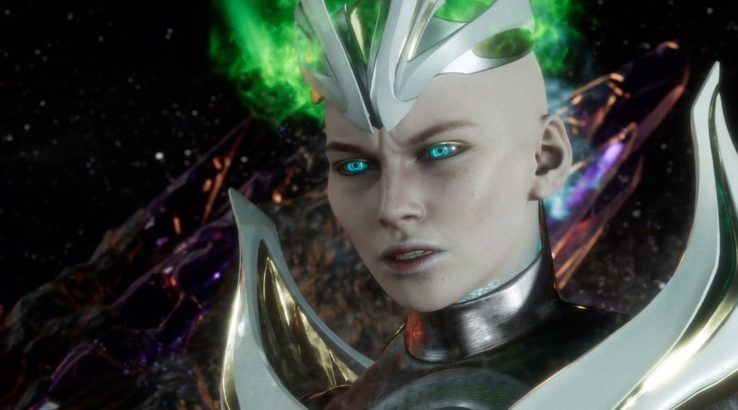The fighting game genre has been dominated by several leaders. Street Fighter is the primary one, being the franchise that codified the genre in the first place. It is also generally attributed to having revived fighting games through the 2009 Street Fighter 4.Tekken is another tentpole franchise, acting as the 3D equivalent to Street Fighter. It has had good and bad years, and is still slow to adopt modern fighting game conveniences, but on a whole has held its own as a strong esport. Pioneer anime fighter Guilty Gear is steadily climbing in fame alongside its developer, and Super Smash Bros. is resposible for inventing the platform-fighter subgenre. North America’s fighting game representative is Mortal Kombat, which spurred a trend of fighting games with digitized actors.
It switched over to 3D models in Mortal Kombat 4, but the intent of replicating lifelike visuals remained part of the series’ identity. Mortal Kombat represented fighting games at their most gruesome, while also providing an alternative to traditional Street Fighter-inspired 2D fighting. Furthermore, Mortal Kombat's single-player modes are commonly regarded as the best in the genre. With Mortal Kombat 12 seemingly around the corner, it's a good time to look back and see how far the franchise has come and wonder if it can keep topping itself.
Mortal Kombat 11 is a Technical Achievement
As mentioned, Mortal Kombat has come a long way from digitized actors and early 3D models. Now characters are rendered in a photo-realistic style, complete with mostly anatomically correct innards when an X-Ray Attack or a Fatality happens. Nowhere is this more apparent than in Mortal Kombat 11. This title is a technical marvel; its animations and assets are incredibly detailed, which has the side-effect of making some legacy animations look goofier than ever. Mortal Kombat 11 is also notable for its return to a vibrant color scheme after the dark and muted Mortal Kombat X.
This inspires confidence in NetherRealm’s ability to continue making great, realistic fighting games. However, there aren't a lot of places the visuals can go at this point, with ray-tracing and a general lighting overhaul being the most "next-gen" things MK12 could add. The next installment will probably draw comparisons to MK11 upon its reveal, largely predicated upon the games sharing a realistic aesthetic that has already pushed the envelope. The best remedy for this is changing up the core roster, dramatically altering classic designs in the process. MK12 could be another soft reboot, so there is no better time to communicate differences through the playable characters.
Mortal Kombat 12 Will Need to Match MK11's Gameplay
Mortal Kombat 12 will also be following up on MK11’s gameplay and modes. There's no expectation that Mortal Kombat 12 will play exactly like its predecessor considering every MK game has distinct gameplay. MK11’s design approach emphasized player-driven customization with lots of cosmetic options and a more open-ended take on MKX’s Variations. How this manifested was a rigid fighting game that carefully set the parameters of what the player was able to do, though this did not necessarily make it better or worse than its predecessors. It’s not yet clear what aspects of this approach MK12 intends to keep or change.
Mortal Kombat 12 must strive to at least match MK11’s various modes. Aside from the story, a highlight is its arcade-adjacent Towers of Time. The ever-changing Towers are themed with different events or objectives, and they can provide a surprising amount of variety to one or several players. The Krypt is also in its most impressive form yet, serving as a third-person action-adventure where players move through various classic Mortal Kombat stages to find Easter eggs.
The best innovation Mortal Kombat 12 can make on MK11’s modes is getting its currencies and microtransactions under control. MK11 was lighter on microtransactions than it appeared, but the many in-game currencies and initial stinginess produced a different impression. Eliminating that will go a long way toward endearing MK12 to its audience.
Mortal Kombat 11 Closed the Rebooted MK Trilogy With a Bang
Finally, Mortal Kombat 11 was well-regarded for its story mode. This story saw the defenders of EarthRealm team up with the reformed Outworld forces and their past selves to defeat a collection of Mortal Kombat’s current and past villains. The story tied off several plot threads that have been running for most of the franchise, and gave a definitive ending to Mortal Kombat's overarching narrative. MK11 Aftermath threw a bit more fanservice into the mix, but its ending was largely the same: the universe has been reset again, and whatever's coming next will probably be a massive departure.
Mortal Kombat 12 probably can't match the scope of 11, nor should it try. The next game should instead occupy itself with introducing a new version of the Mortal Kombat cast, including new rivalries, heroes, villains, and a fresh take on veterans. It's going to be difficult to leave behind decades of lore and character development, but if there's anyone who can do it, it's NetherRealm Studios. Deviating from the pattern of cutscenes punctuated by regular fights would do MK12’s story a world of good. While little is known about the game, there is a lot to look forward to once Mortal Kombat 12 is properly revealed.
Mortal Kombat 11 is available now for PC, PS4, PS5, Switch, Xbox One, and Xbox Series X/S.

